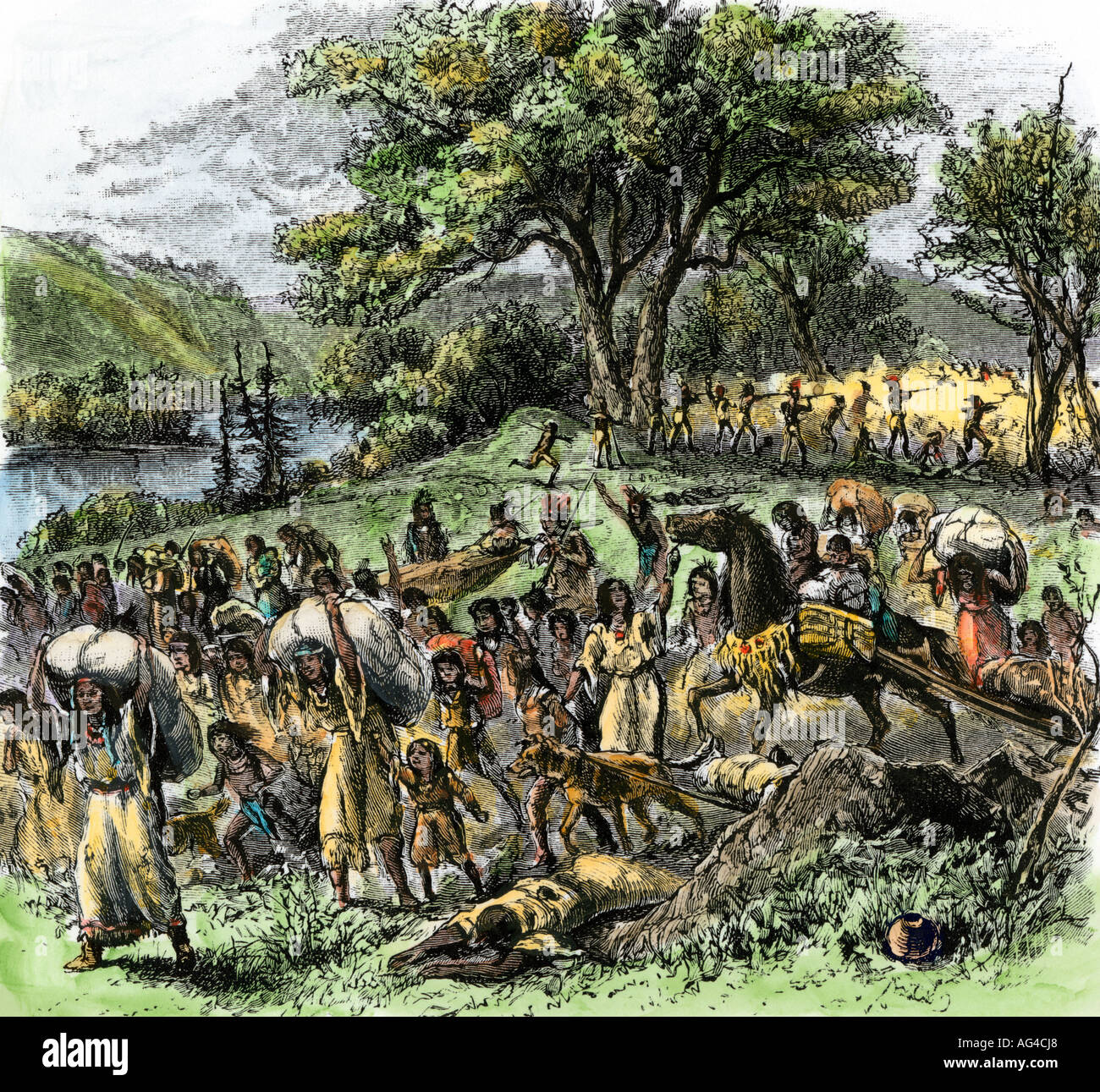The Black Hawk War Or
Turning Points
in Wisconsin History
1830-Black Hawk travels to Canada to get a verbal confirmation of British support if he decides to go to war with the US government. Black Hawk also sent emissaries to different indigenous nations to seek support. 1832-April 5 and 6-Black Hawk's band crosses the Mississippi River into Illinois to march towards Saukenuk. The Black Hawk War was a brief conflict between the United States and Native Americans led by Black Hawk, a Sauk leader. The war erupted soon after Black Hawk and a group of Sauks, Meskwakis, and Kickapoos, known as the ' British Band ', crossed the Mississippi River, into the U.S. State of Illinois, from Iowa Indian Territory in April 1832.

- Aug 12, 2020.
- The Black Hawk War was a series of skirmishes in 1832 between U.S. Army and frontier militia units against the followers of Sauk Chief Black Hawk. Fought in Illinois and Wisconsin, the war was one of many conflicts between Native Americans and white settlers over western land. White Americans at that time were unsympathetic to the forced loss of land by of Native Americans.

- Topics
Early Native Peoples
Early Explorers, Traders & Settlers
Territory to Statehood
Immigration & Settlement
Civil War Era
Mining, Lumber & Agriculture
Progressive Era
20th Century Wars & Conflicts
Prosperity, Depression, Industrialization & Urbanization
Response to 20th Century Change
At St. Louis in 1804, future president William Henry Harrison negotiated a treaty with two representatives of the Sauk nation who had come to the city on other business. When it was over, the government believed it had secured the right to open all Sauk lands east of the Mississippi to settlement, for a mere $2,500. Sauk chiefs back home in Illinois and Wisconsin, however, believed that the two negotiators had never possessed the authority to speak for the whole nation and that the treaty was therefore invalid. The Indians continued to inhabit their village of Saukenuk near the mouth... more...
The Black Hawk War Order
Original Documents and Other Primary Sources
| A trader relates his family history and personal adventures, 1745-1857. |
| Ho-Chunk chief Spoon Decorah looks back over a long life. |
| Indian Versions of Some Early Wisconsin Events |
| The Sauk and Fox shortly before the Black Hawk War |
| A Wisconsin soldier describes the massacre at Bad Axe, 1832 |
| Black Hawk, remembered by those who knew him |
| Eastern newspapers report on Black Hawk's 1833 tour |
| Gen. Joseph Street, Indian agent to the Ho-Chunk, Sauk and Fox. |
| Recollections of a young mother in the Lead Region, 1826-1841 |
| The founding of Fort Winnebago and the career of trader Pierre Paquette |
| John Shaw recalls Tomah, Black Hawk, Keokuk, and other Indian leaders. |
| Walking Cloud recounts episodes of the Black Hawk War. |
| A powder horn carried during the Black Hawk War |
| A local historian chats about Prairie du Chien (vol. 1) |
| A local historian chats about Prairie du Chien (vol. 2) |
| A description of the Battle of Bad Axe, 1832 |
| Black Hawk's Route through Wisconsin in 1832 |
| Prairie du Chien merchant and judge James H. Lockwood, 1856. |
| Pictures of the Sauk Indians during the 1830's |
| Wisconsin's first Territorial Governor, Henry Dodge |
| Portrait of Black Hawk in 1833 |
| Menominee Chief Oshkosh in 1858 |
| View of the Pecatonica battlefield (1857) |
| View of the Bad Axe battleground (1856) |
| View of the Wisconsin Heights battlefield (1856) |
| The new Indian agent describes tensions in the Lead Region in 1827. |
| Wisconsin soldiers who served in the Black Hawk War (1832) |
| Journal, summer 1834, of Rev. Cutting Marsh, during a visit to the Sauk and Fox Indians |
| One-Eyed Decorah relates how he helped Black Hawk surrender. |
| Wisconsin soldiers who served in the Winnebago War (1827) |
| A woman describes her fears during the Black Hawk War, 1832 |
| A Wisconsin soldier looks back on his role in the hostilities of 1832. |
| A missionary's handwritten dictionary of terms in the Sauk language, 1834 |